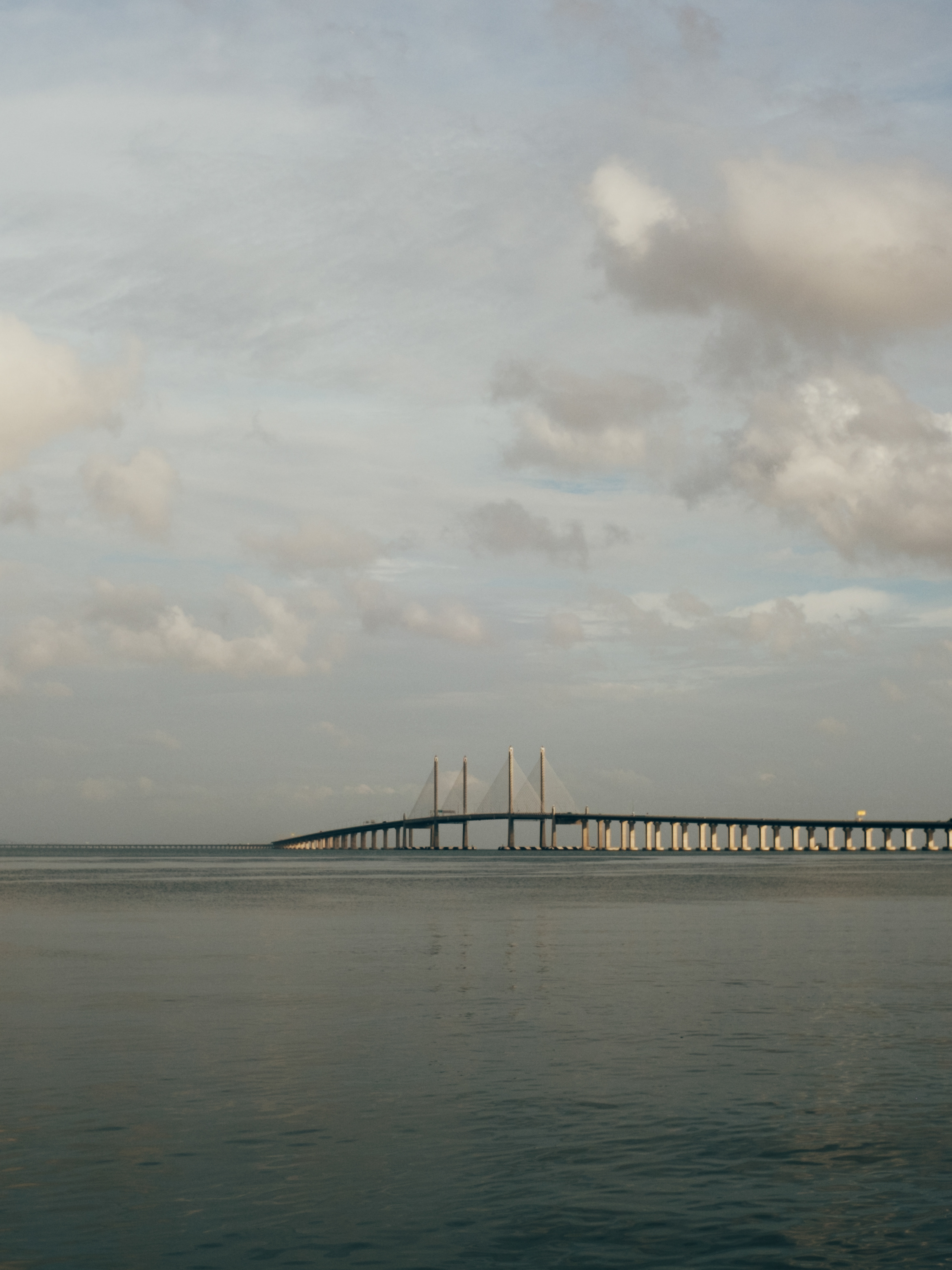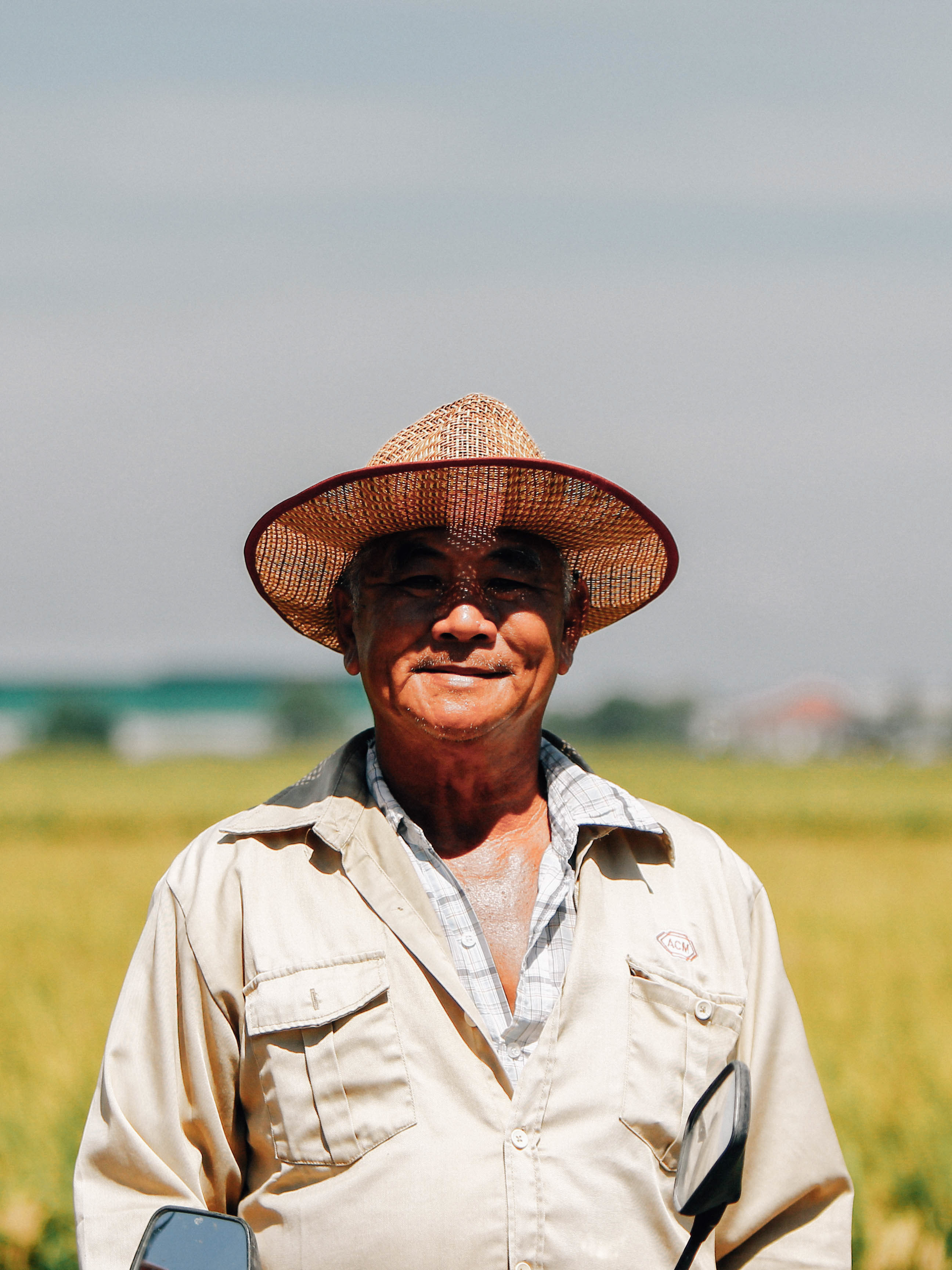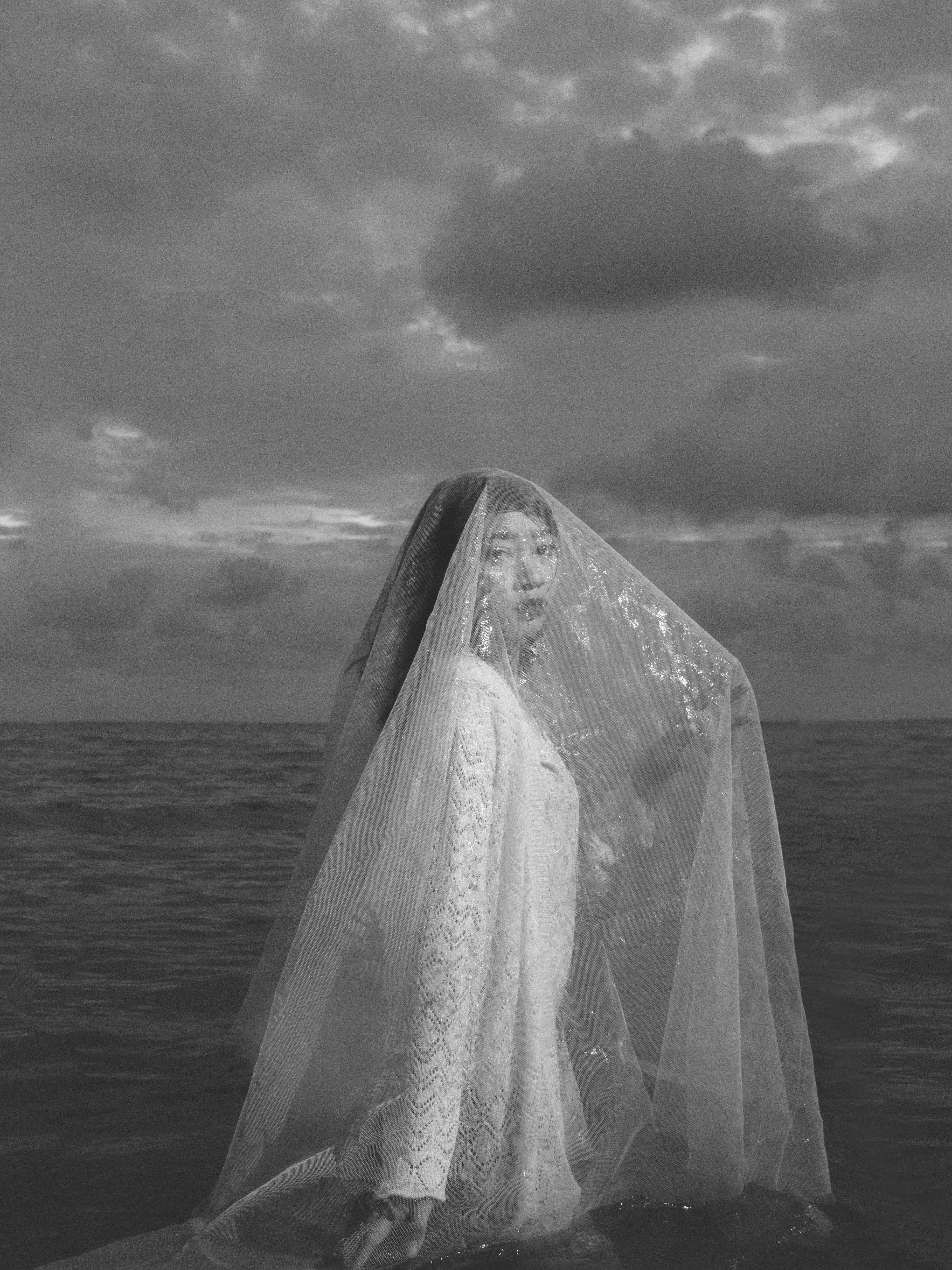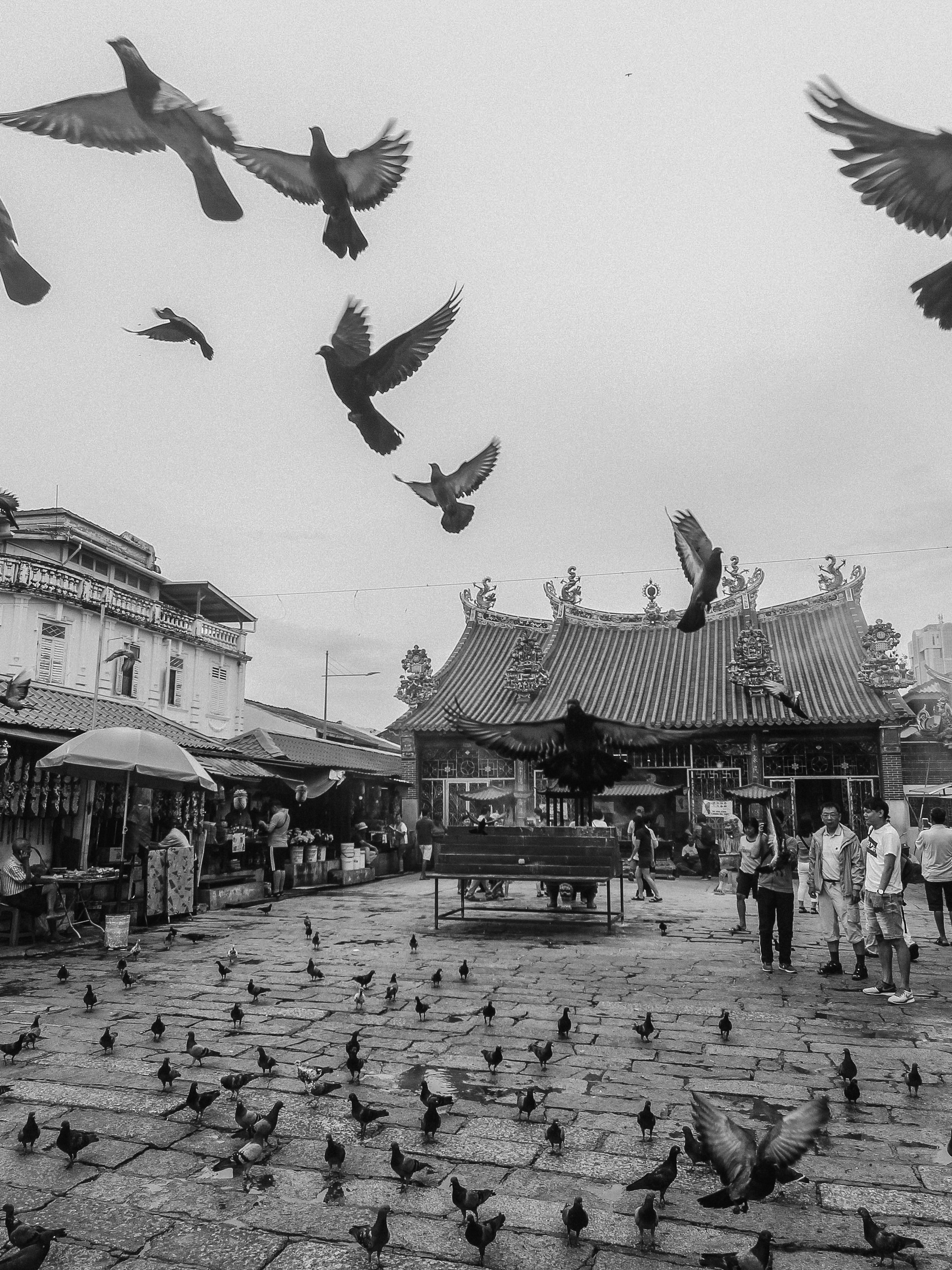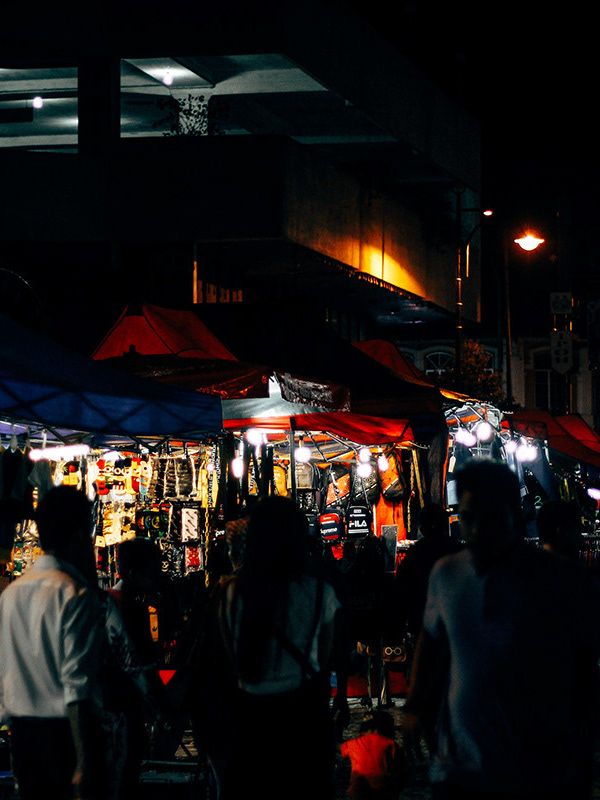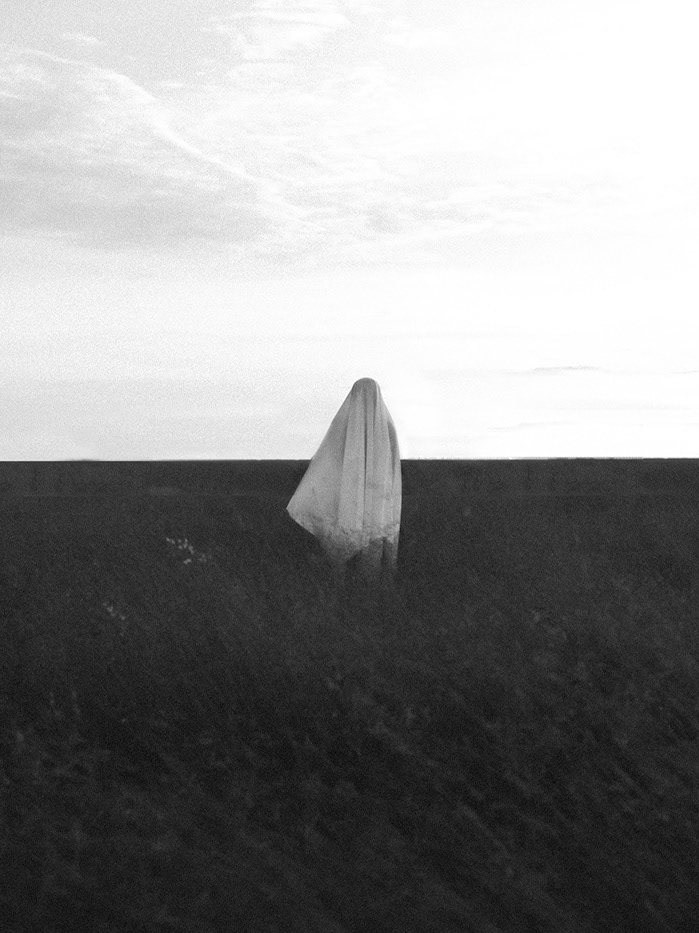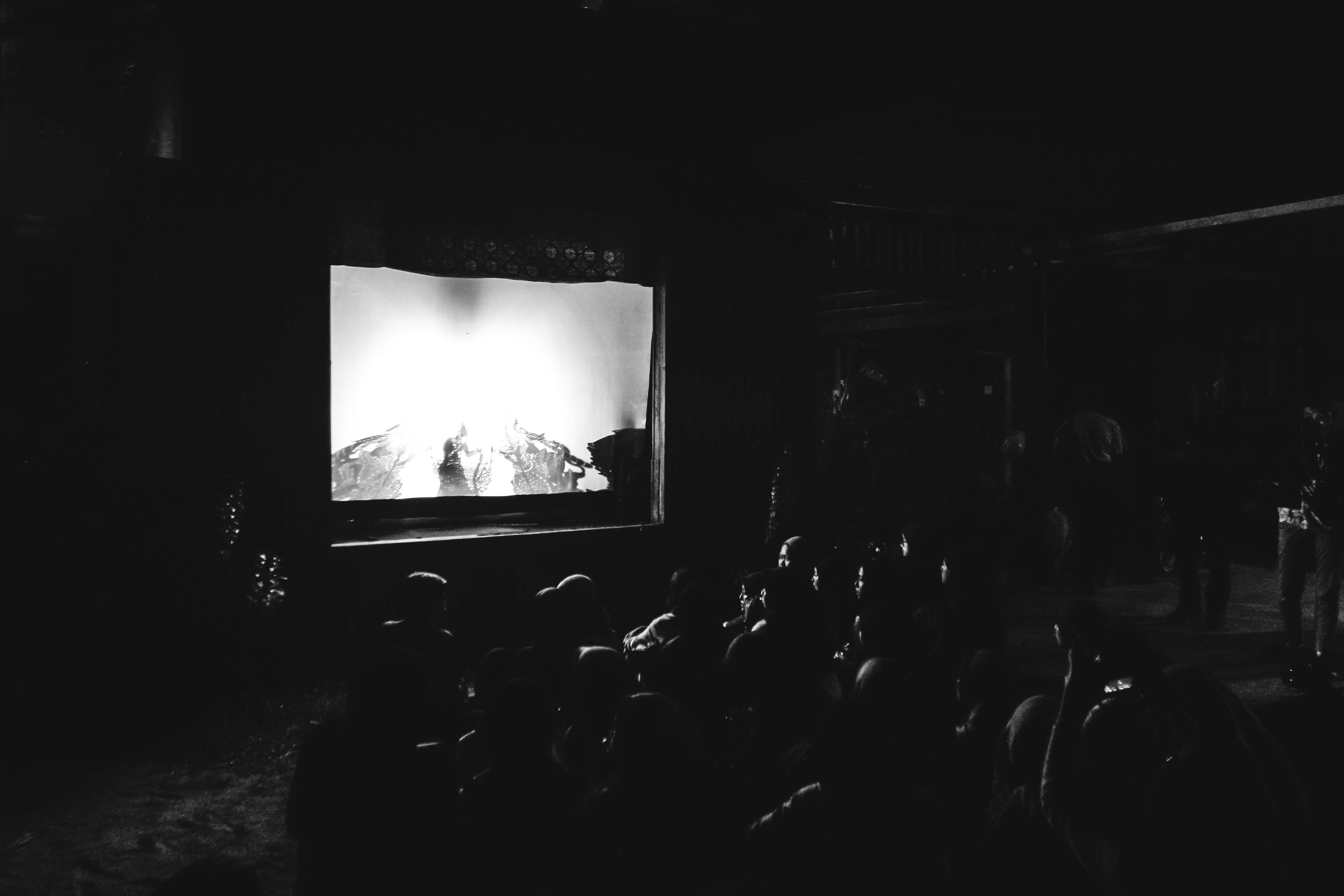
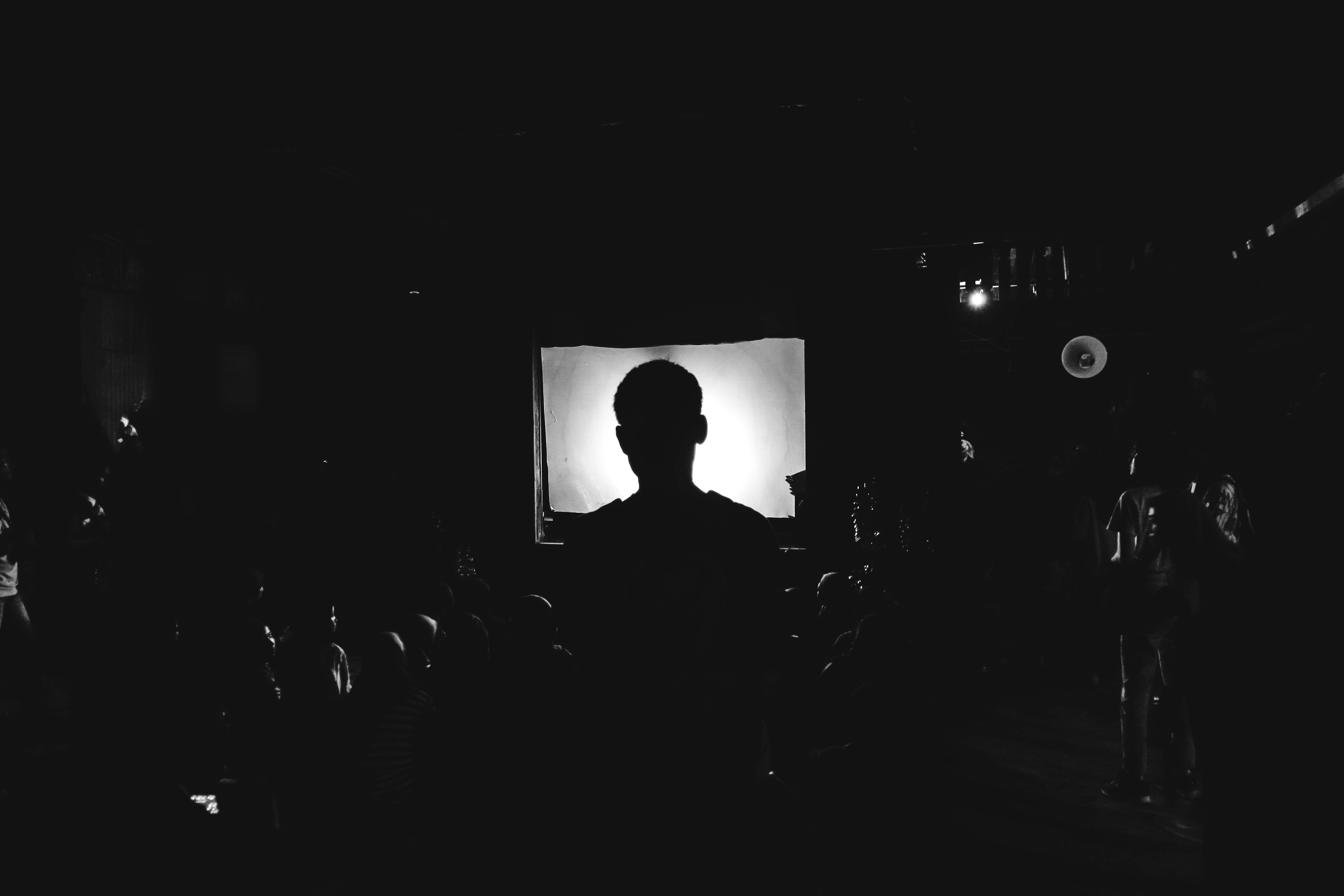
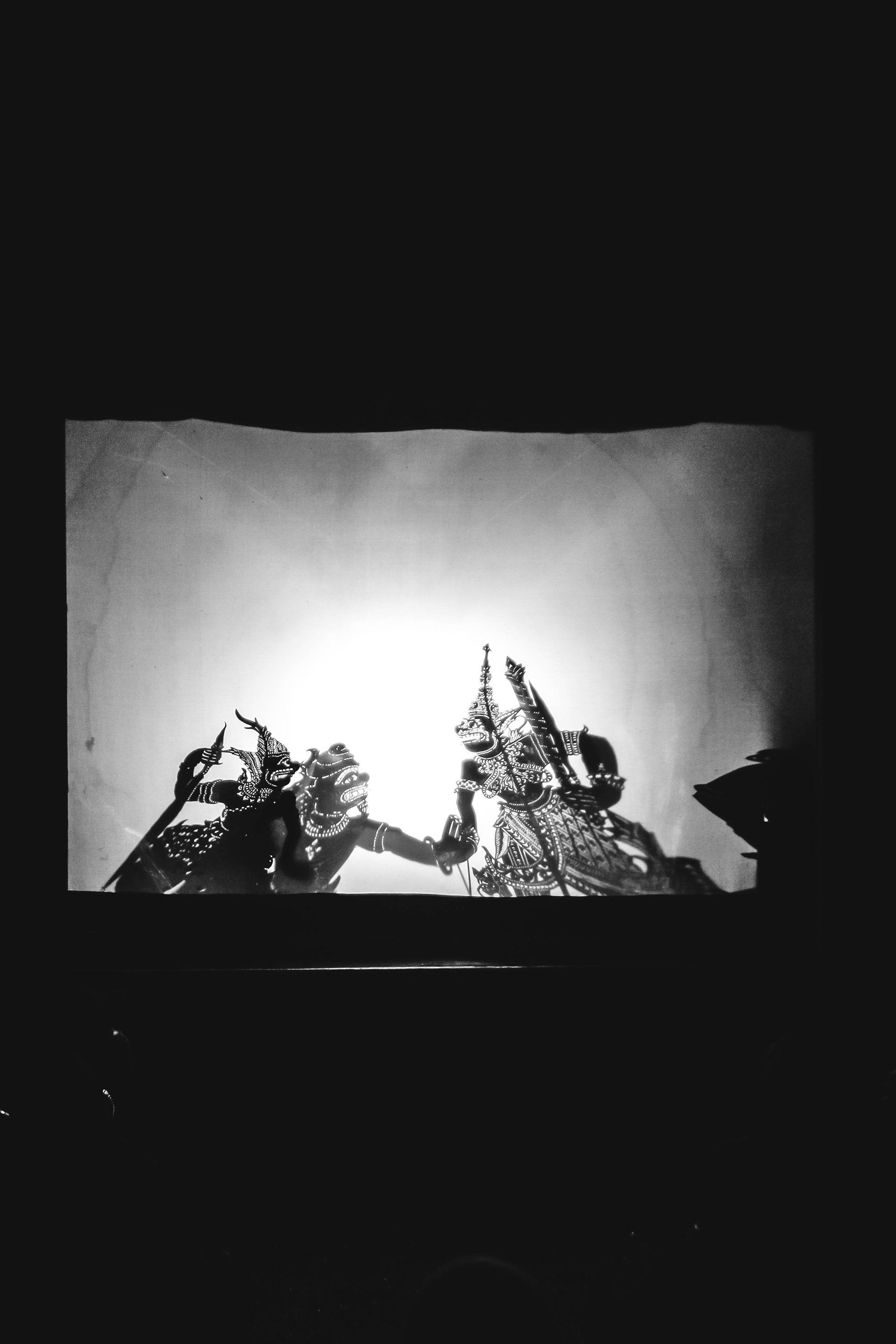
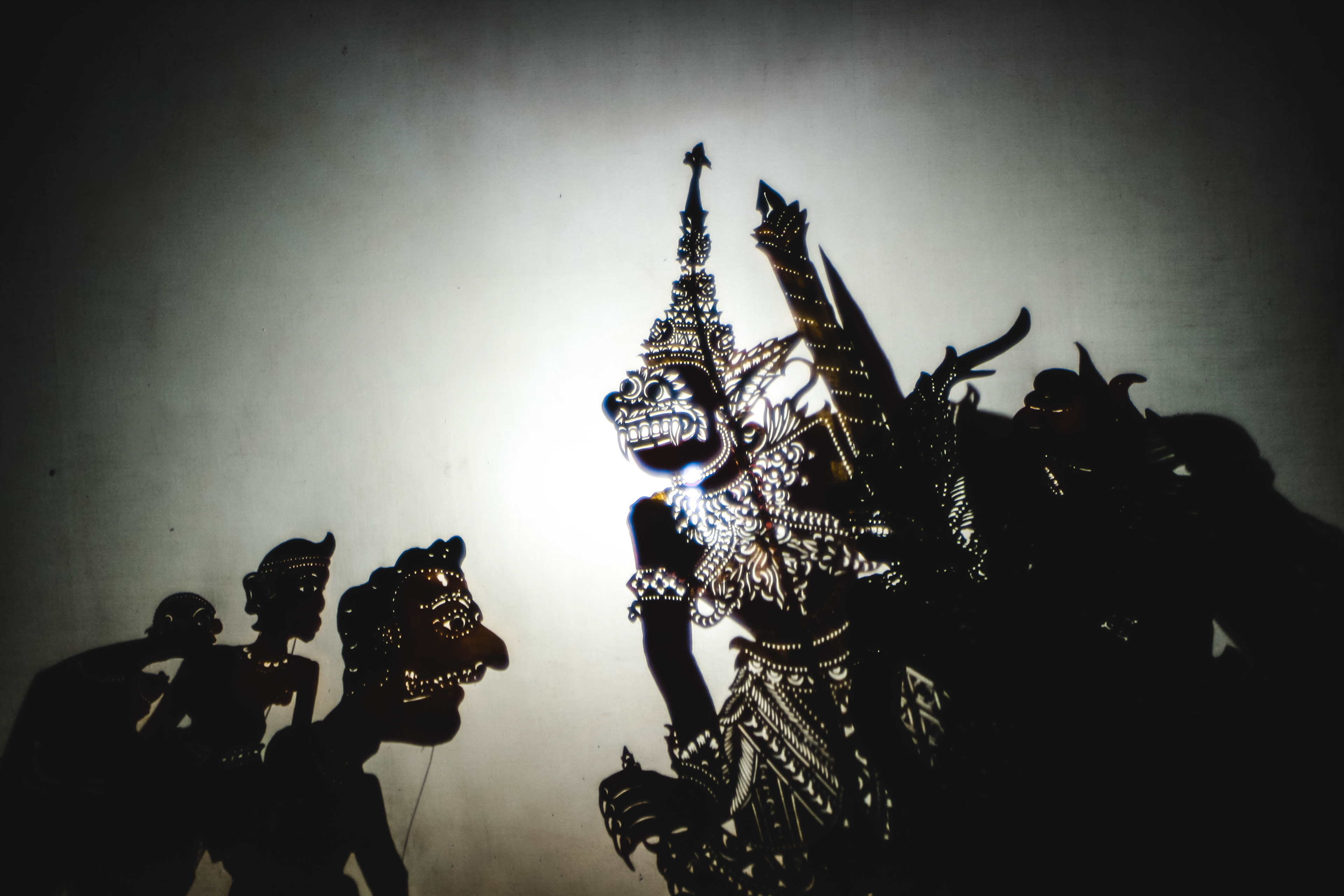

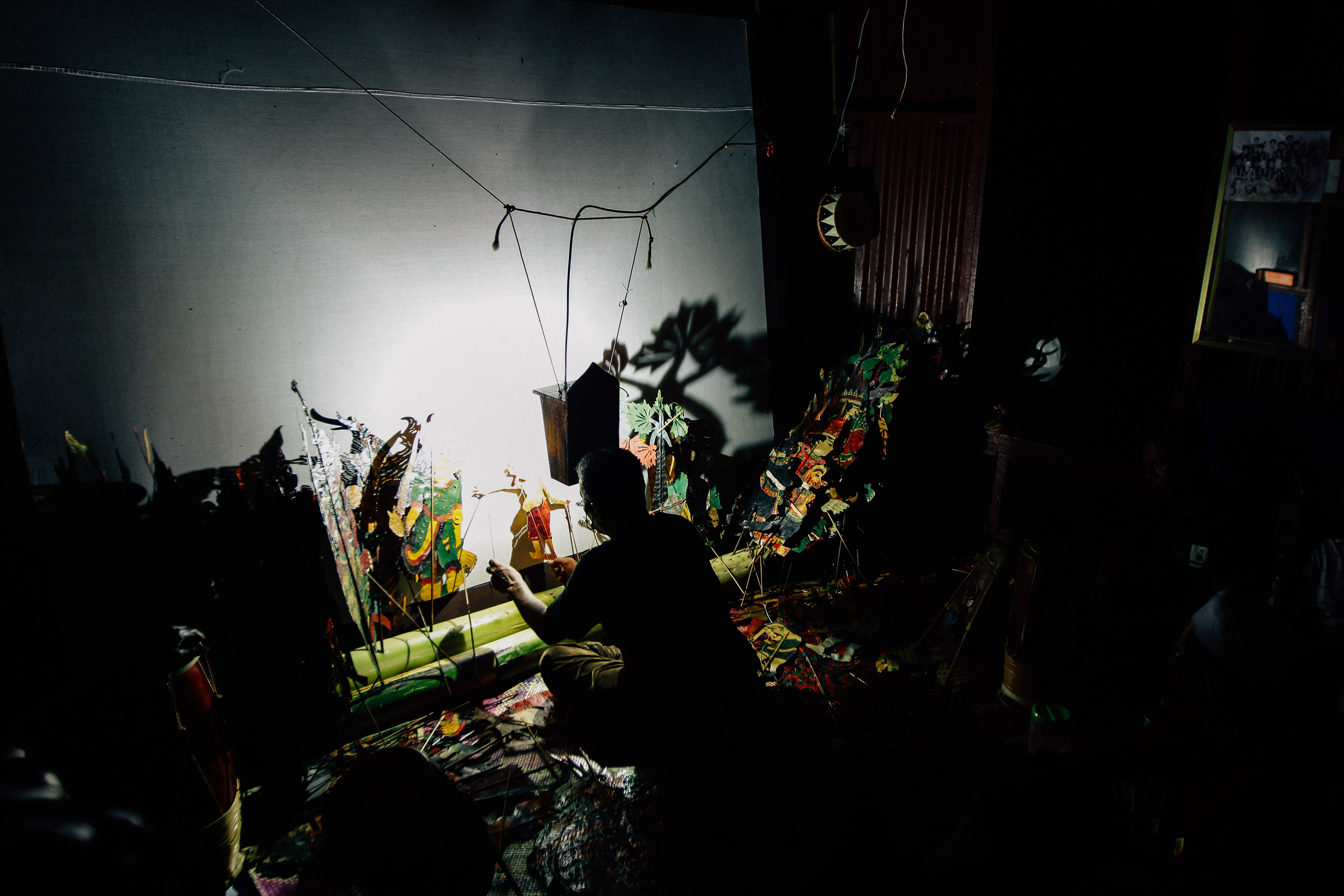
Wayang Kulit
Wayang, also known as wajang, is a form of puppet theatre art found in Indonesia and other parts of Southeast Asia, wherein a dramatic story is told through shadows thrown by puppets and sometimes combined with human characters. The art form celebrates Indonesian culture and artistic talent; its origins are traced to the spread of Hinduism in the medieval era and the arrival of leather-based puppet arts called thalubomalata from southern India.
Wayang refers to the entire dramatic show. Sometimes the leather puppet itself is referred to as wayang. Performances of shadow puppet theatre are accompanied by a gamelan orchestra in Java, and by gender wayang in Bali. The dramatic stories depict mythologies, such as episodes from the Hindu epics the Ramayana and the Mahabharata, as well as local adaptations of cultural legends. Traditionally, a wayang is played out in a ritualized midnight-to-dawn show by a dalang, an artist and spiritual leader; people watch the show from both sides of the screen.
UNESCO designated wayang kulit, a shadow puppet theatre and the best known of the Indonesian wayang, as a Masterpiece of the Oral and Intangible Heritage of Humanity on 7 November 2003. In return for the acknowledgment, UNESCO required Indonesians to preserve the tradition. Wayang has also been a significant historical art form in Malaysia, Thailand, Cambodia and Laos.

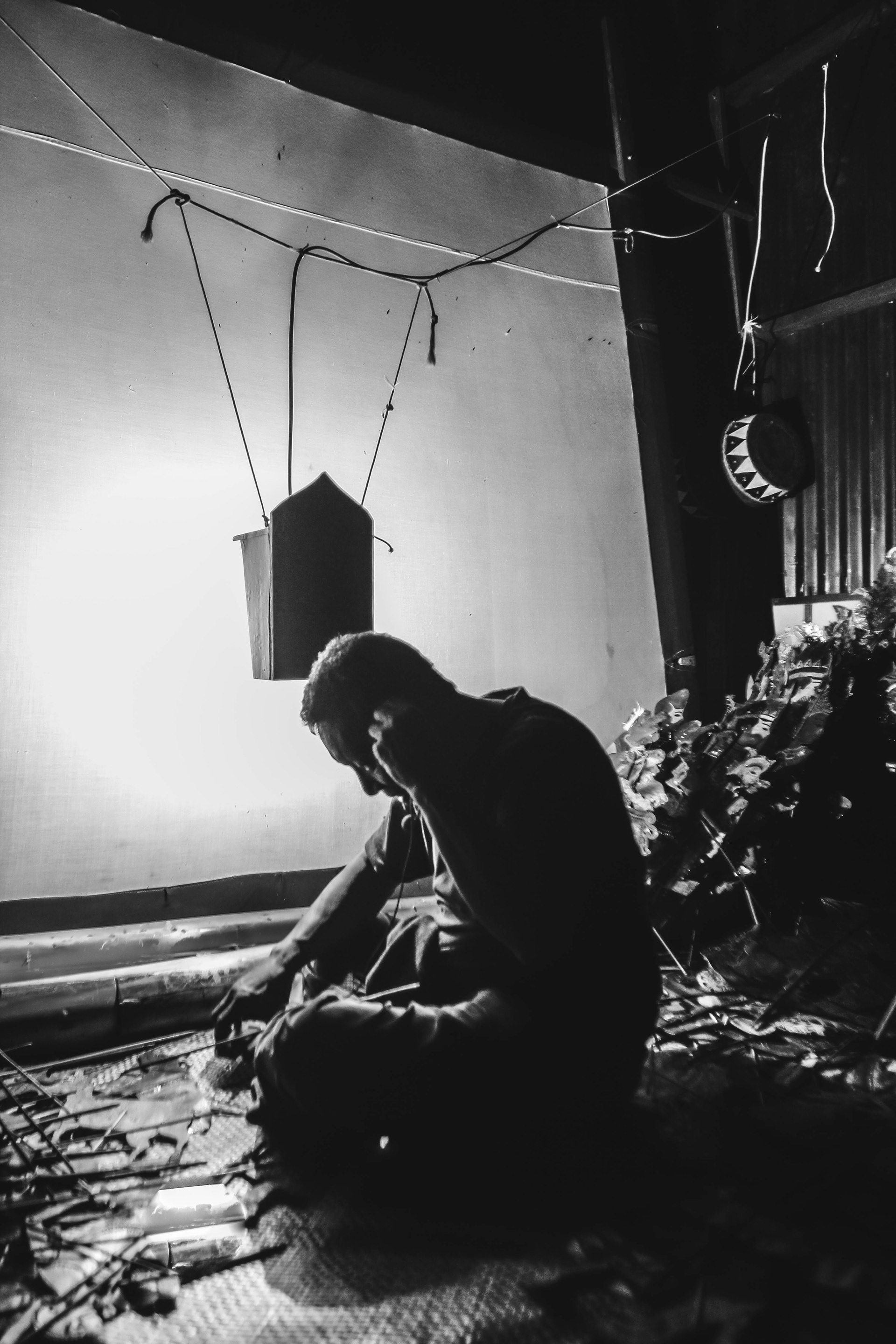
Wayang Kulit
Located and only in Kelantan, Malaysia
Shot using:
Canon 60D
Canon 700D
Canon 16-35mm F2.8L
Canon 10-22mm F3.5-F4.5 USM
Thank you for viewing !

